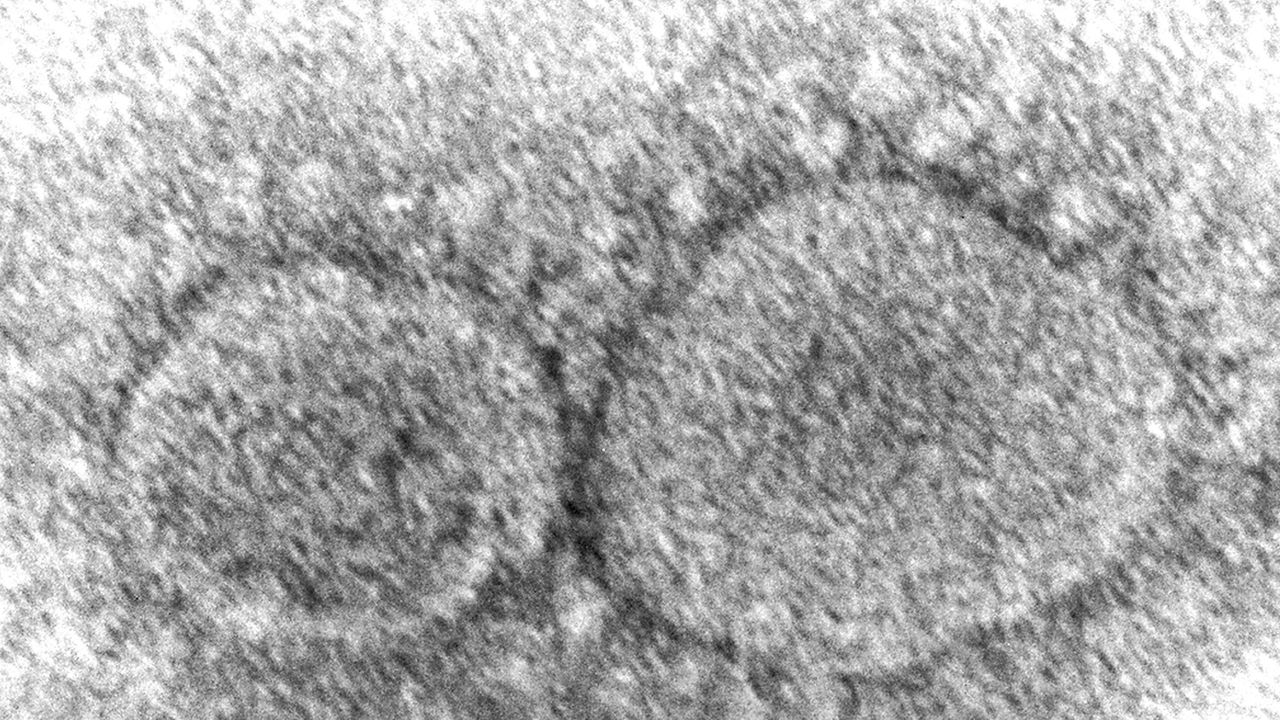The White House unveiled the details of President Joe Biden’s COVID-19 vaccination mandates for large businesses and certain health care facilities, rules that cover millions of people in the U.S. workforce.
Biden in September released a new pandemic action plan, which required businesses with more than 100 employees to mandate COVID-19 vaccines for their workforce, less they submit to weekly testing. The rule also requires healthcare facilities participating in Medicare or Medicaid to vaccinate employees.
All told, the new policies will cover two-thirds of all workers, according to the Biden administration, or nearly 100 million people.
After nearly two months, the Occupational and Safety Health Administration (OSHA) — an agency within the Department of Labor that ensures the safety of Americans in the workplace — announced details of the rule for larger businesses on Thursday.
President Biden in a statement called the new standard "good for the economy" and a key step to ending the COVID-19 pandemic for good.
"For our country, the choice is simple: get more people vaccinated, or prolong this pandemic and its impact on our country," he said.
Officials said that “covered employers,” or businesses with 100+ employees, as well as health care providers, must ensure their workforce has received the necessary vaccines to be fully vaccinated by Jan. 4, 2022. A person is considered “fully vaccinated” two weeks after their second dose of either the Moderna or Pfizer-BioNTech vaccine, or two weeks after the single-dose regimen from Johnson & Johnson.
After Jan. 4, unvaccinated employees will be required to submit to at least weekly COVID testing, and must remain masked at all times while in the workplace.
In an op-ed published Thursday, Secretary of Labor Marty Walsh and top White House COVID adviser Jeff Zients called the new mandate a "common sense" action made by an agency with a record of implementing safety measures in the workplace.
"Hard hats on construction sites. Goggles in labs. Harnesses on scaffolding. And now, getting vaccinated against a virus that has taken more American lives than World War I, World War II, the Vietnam War and 9/11 – combined," the two wrote.
Some businesses, especially small businesses, have expressed concern about losing good employees because of the rule, potentially to smaller companies that aren't required to enforce vaccines.
President of the HR Policy Association Timothy Bartl on Thursday said his organization was "still digesting" the new rules but also urged the Department of Labor to "consider the staffing and talent issues that private employers will encounter as they begin to implement the federal vaccine mandate during this critical economic recovery period.”
A senior administration officials told reporters: "OSHA will help employers develop a vaccine or testing requirement program by offering robust compliance assistance to businesses implementing the standard including sample plans, tax sheets, frequently asked questions and other materials."
All covered businesses must provide paid time off for workers to get vaccinated, and the option for paid sick days should employees experience adverse side effects after getting their shot.
Officials from the Centers for Medicare & Medicaid Services (CMS) detailed similar rules for employees at covered health care sites — although they will not have the option of weekly testing, and must be vaccinated less they risk losing their job.
There are exemptions for people with medical conditions or religious practices that bar them from getting vaccinated under the CMS rule.
While the vaccination requirements will go into effect Jan. 4, covered employers and health care facilities must be in compliance with all other aspects of the rules — like offering paid time off for vaccinations and masking mandates — by Dec. 5, 2021.
Federal contractors must also be vaccinated by Jan. 4, giving contractors an additional month to implement requirements after the original Dec. 8 deadline.
Many Republican lawmakers have expressed anger over Biden’s requirements. Governors in states like Florida and Texas have issued statewide mandates banning vaccine mandates, pledging to fight the federal rule. But administration officials said the new requirements “supersede all others, including state regulations and those issued by OSHA.”
A number of Republicans in the Senate are also moving to challenge the vaccine mandate, led by Indiana Sen. Mike Braun, who called it a "vast overstep of authority by the federal government."
The group of 40 Senate Republicans who signed on to Braun's challenge include Kansas Sen. Roger Marshall, a former physician. "As a former physician who believes the vaccine has saved countless lives, I stand by my belief that receiving the COVID-19 vaccine is a personal choice that should be made following a conversation with one’s doctor instead of being administered across the board by government decree," he wrote in a statement.
But recent polling suggests that a majority of Americans favor the vaccine mandate: Nearly 6 in 10 Americans supported Biden's vaccine mandates in a Gallup survey from September and similar majority approval in recent Monmouth and AP-NORC polls.
OSHA is using its power under a 1970 law to issue the expedited rule — called an “emergency temporary standard” or ETS — to bypass its own cumbersome rulemaking process, which typically takes nearly eight years from beginning to end, according to a 2012 study by the Government Accountability Office.
To fast-track the rule, OSHA must show that it is acting to protect workers from a “grave danger.” Officials on Thursday said the COVID-19 pandemic is “clearly a health hazard that poses a grave danger to workers,” adding that the administration is not afraid to enforce the new rules.
“We will ensure compliance with these requirements through our established survey and enforcement processes,” officials added. “If a facility does not meet the requirements, they will be cited by a surveyor and have an opportunity to return to compliance before additional actions occur.”
A single employer violation could warrant a penalty of approximately $14,000 from OSHA. Fines would increase depending upon officials’ assessment and investigation of potential violations.
The administration will consider a “range of remedies” for non compliant health care centers, ranging from civil to monetary penalties. CMS could terminate facilities from the Medicare and Medicaid programs “as a last resort.”
The Associated Press contributed to this report.









